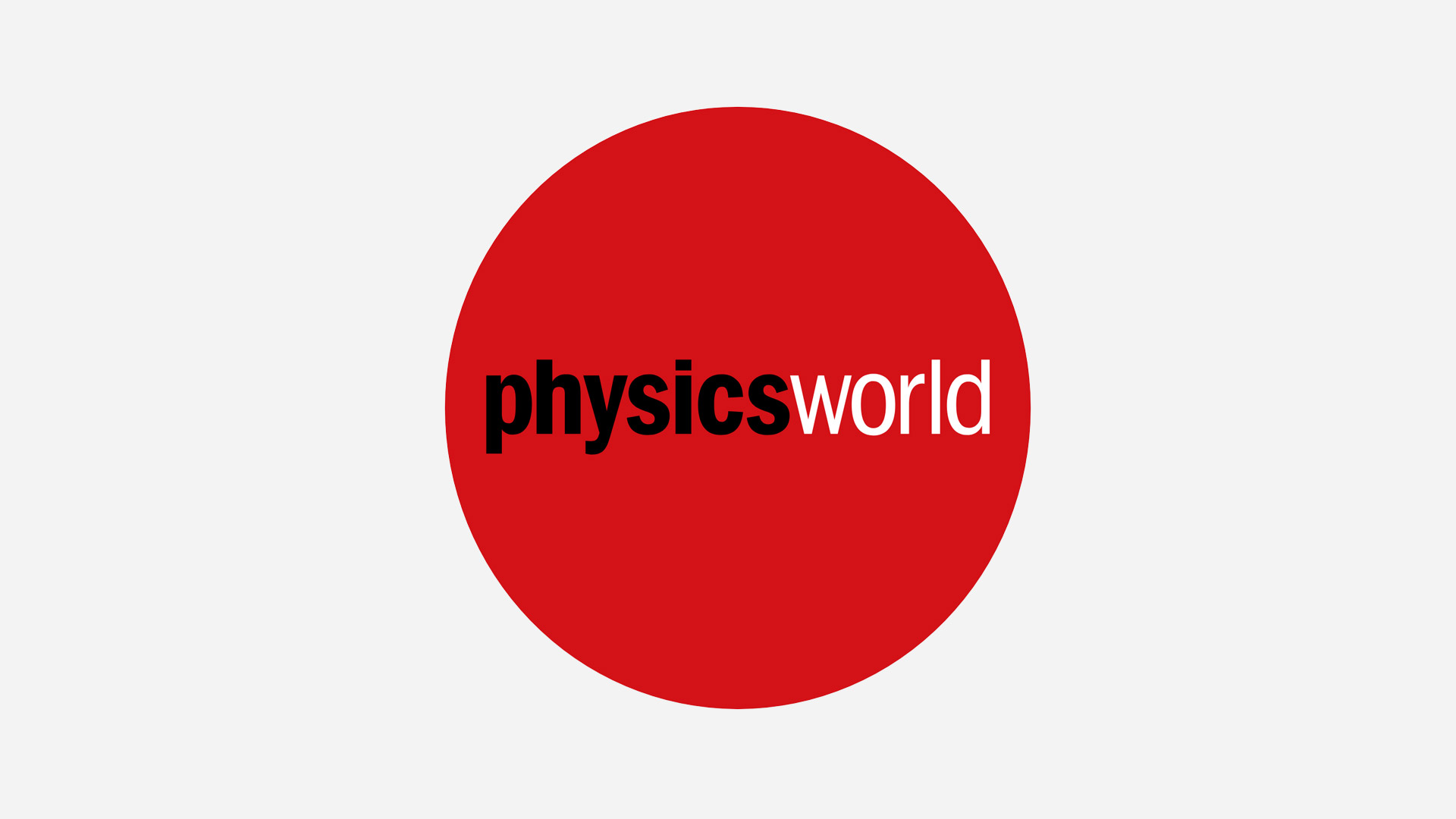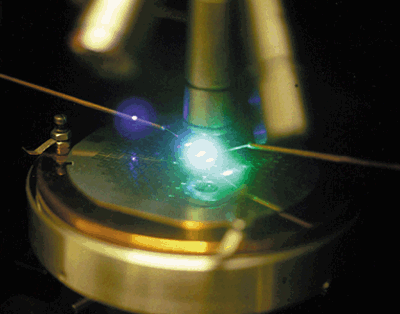
Metal superconductors reach new high
Magnesium diboride surprises scientists with its high transition temperature
Thank you for registering with Physics World
If you'd like to change your details at any time, please visit My account

Magnesium diboride surprises scientists with its high transition temperature

Vortices in resistance-free current flow could explain a strange current effect

Now Luis Garay, James Anglin, Ignacio Cirac and Peter Zoller at the University of Innsbruck in Austria have proposed a realistic way to make an artificial “sonic” black hole in a tabletop experiment (L J Garay et al. 2000 Phys. Rev. Lett. 85 4643). In the February issue of Physics World, Ulf Leonhardt of the […]
 Read article: Silicon lasers start to take shape
Read article: Silicon lasers start to take shape
Devices made from silicon dominate the microelectronics industry, so silicon should be the material of choice for anyone designing new electronic devices that will be integrated with microelectronic circuits. This also applies to the optoelectronic devices that act as gateways between the electronic realm and the worlds of photonics and optical communications. Most optoelectronic components […]

Now Demosthenes Kivotides, Carlo Barenghi and David Samuels at the University of Newcastle in the UK have discovered another surprising feature of liquid helium. They have predicted that the coupled motion of the normal and superfluid components can give rise to an intriguing structure that contains three vortex rings (Science 2000 290 777). In the […]

The so-called optical activity of materials has been studied extensively since then, so it is perhaps surprising that there is anything new to discover. However, José Goulon of the European Synchrotron Radiation Facility (ESRF) in Grenoble, France, and co-workers at the ESRF, the University of Paris and Purdue University in the US have recently observed […]

Ancient paradox lends a hand to modern astronomy

Super-fast drops could improve printing, lithography and surgical techniques

Benchtop 'black holes' could bridge the gap between relativity and quantum mechanics

Signals from the dark side of Venus shed light on our neighbour's atmosphere